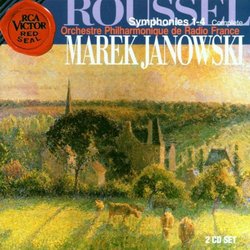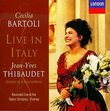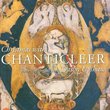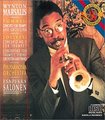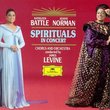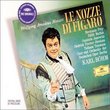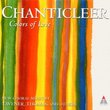Perfect Performances
D. A Wend | Buffalo Grove, IL USA | 04/27/2007
(5 out of 5 stars)
"There has been some interest in recording the symphonies of Albert Roussel in recent months, particularly by Christoph Eschenbach. This set by Marek Janowski was issued in 1996 and remains among the top recordings of Roussel's symphonies.
The First Symphony (Le poeme de-la foret) was composed in 1906 and is a sublime evocation of nature, reminding one of the later Spider's Feast. The symphony is in four movements and depicts a forest in each season beginning with winter. The longest movement is the fourth where Roussel calls upon his interest in Classics by depicting a dance of fauns and dryads. Roussel was 40 when his first symphony was performed and he was not to write another for 10 years.
The Second Symphony (1921) is worlds apart from his First. In the time between the symphonies, Roussel married and made an extended visit to India. He was inspired to write his opera-ballet Padmavati and his music takes on a mystical influence. The first movement (of three) opens with mysterious sounding chords, the music slowly, quietly shaped. Eventually, the tempo become faster, like a whirling dance and the music is picked up by the full orchestra. The middle movement is lighter and pastoral with a lively melody that slowly becomes more mysterious and agitated. The third movement opens as the first with a mysterious and craggy theme which gives way to faster tempi. The Second symphony has an experimental feel as if Roussel was searching for a new musical language that was not truly resolved in this work; the transformation was complete by the time of his next symphony.
The Third Symphony (1930 - for the 50th anniversary of the Boston Symphony) is the best known and exuberant, written in the same neoclassical style as Bacchus et Ariade. The music exudes vitality and while the music may sound abrasive it is mere dissonant not atonal. The Third Symphony beings with a five note motto theme that is used throughout the symphony. The first movement is characterized by daring rhythms and the music has a restless motion. The second movement is quiet and reflective with a trio section with a playful melody passed of between sections of the orchestra. The third movement brings a lively dance-like melody beautifully orchestrated and the finale brings the symphony to a triumphant close restating the transformed motto theme and a whirlwind of melodies that make me want more.
The Forth Symphony (1934) advanced Roussel's ideas by eliminating the cyclical themes and wrote the movements with more flexible tempos rather than the three sections. The symphony begins with a short, brooding introduction and then takes off with lively dance-like melody that is developed and ends abruptly. The second movement is a reflective and brooding Lento molto that builds to a triumphant passage for brass and strings. The Scherzo that follows is charming and jubilant, and also comes to an abrupt stop. The Finale is one of Roussel's best achievements where his initial theme is built on and transformed; the music is brought to a brilliant conclusion.
The Orchestre Philharmonique de Radio France plays the symphonies beautifully and the recordings are clear and well-balanced.
"
Brilliance
rousselaholic | 05/25/2007
(5 out of 5 stars)
"This cycle, which came out in 1996, is the first modern stereo cycle of Roussel's complete symphonies. Marek Janowski brings such warmth, decision, and color to these diverse works. Now that these symphonies are being somewhat implemented in the standard repertoire, a new interest is coming out, notably Christoph Eschenbach's recordings with the Orchestre d'Paris on the Ondine label. As excited as I was with Eschenbach's efforts, I believe that Janowski's cycle remains unparallelled, especially as far as flow and overall shape is concerned. In these recordings, there is a true brilliance of sound, color, vivacity and warmth, but also each work maintains real flow and identity, which I feel is lost in Eschenbach's. In my opinion, these are the hallmark recordings."
